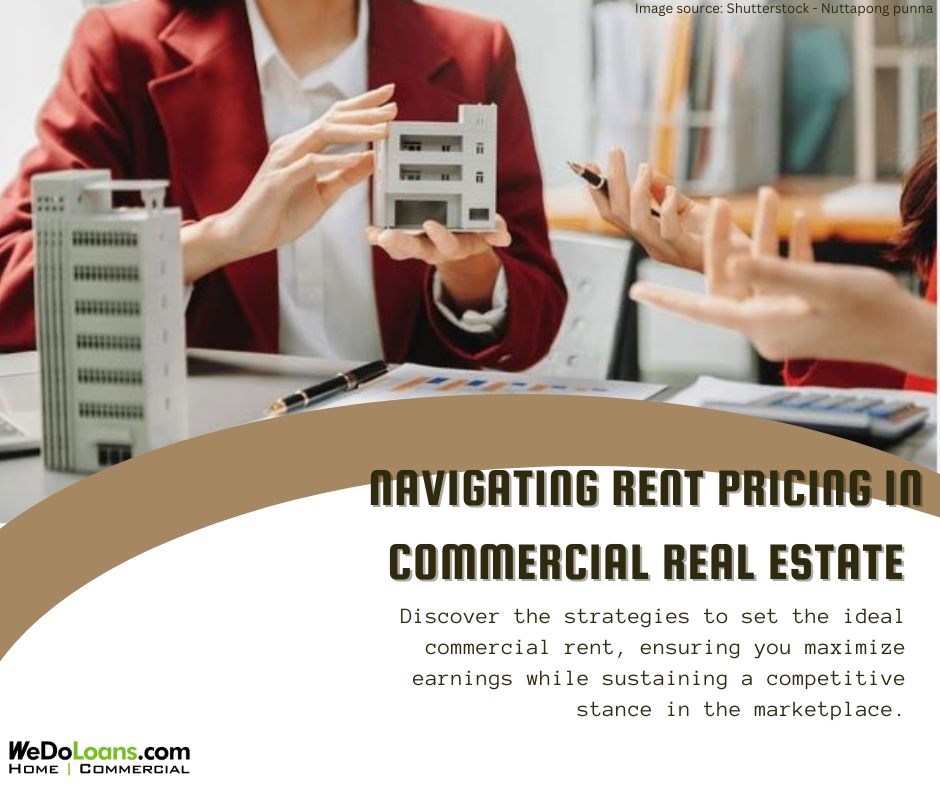
Navigating the complex landscape of commercial real estate requires a deft understanding of rent pricing. Charging too much can lead to unoccupied properties, while charging too little can erode your profits and cause financial strain. Achieving the sweet spot with rent that is competitive and yields a healthy ROI is crucial. Here’s an approach to setting the right rent for commercial properties.
Key Determinants of Commercial Rent
Commercial rent levels are shaped by several variables, each of which can significantly influence the final rate. As a landlord, you’ll need to weigh the following considerations:
- Geographic Influence and Market Comparables: The axiom ‘location, location, location’ holds true, with prime areas commanding premium rents. Use comparable properties (comps) to establish a rent range that reflects local market conditions.
- Property Type Variance: Different property types—from retail and office spaces to industrial and medical facilities—have distinct rental benchmarks. Mixed-use developments, in particular, can have varying rents across their diverse spaces.
- Size and Configuration: Generally, larger spaces attract higher rents, but the specific layout, including aspects like parking, storage, and visibility, can also affect pricing.
- Overheads and Enhancements: Your rent should cover all operational costs and fund capital improvements. This is a foundational aspect of property management.
- Seasonal Dynamics: Retail spaces, especially, may see fluctuating rent demands in line with seasonal shopping trends. Similarly, multifamily units in academic localities might experience seasonality effects.
Lease structures, too, greatly influence rent, with different arrangements ranging from full-service leases to triple net and absolute net leases altering the financial responsibilities of tenants and, consequently, the rent they pay.
Rent Structuring Methodologies
Commercial rents can be structured in various ways, though square footage-based leasing is common due to its simplicity. Here’s a deeper dive into this and other structures:
- Square Footage Leases: Often annualized, these leases set a flat rate per square foot, with monthly payments derived from the annual total. Seasonal or short-term leases might adjust this to a monthly rate.
- Alternative Rent Structures: These can include:
- Percentage Rent: Particularly in retail, where rent includes a base plus a sales percentage beyond a certain threshold, aligning landlord revenues with tenant success.
- Gross Rent: A flat rate covering rent and most related expenses, offering tenants simplicity at potentially higher costs.
- Net Rent: Also known as triple net, where tenants pay for property expenses on top of base rent, affording landlords predictability.
- Variable Rent: Adjustments based on economic indices, market shifts, or set schedules can provide adaptability to both landlord and tenant.
Setting the Rent
To set an appropriate rent, balance market demand with your cost coverage and profit objectives. This entails:
- Market Analysis: Carry out a detailed market study to gauge demand and benchmark against current and trending rates.
- Cost Evaluation: Determine your all-inclusive costs to ensure the rent covers these expenses while offering a satisfactory ROI.
- Tenant Improvement Considerations: Investments in tenant improvements can raise your property’s appeal and the rent you can command.
- Negotiation and Incentives: A willingness to negotiate and offer terms, like lower rent for longer leases, can be advantageous.
- Ongoing Review: The fluid nature of the market means you must regularly reassess and adjust rents to remain competitive and optimize returns.
Conclusion
Setting the right commercial rent is a complex interplay of market savvy, property understanding, and tenant considerations. Employ these frameworks and tactics to determine a rent strategy that will ensure the vitality and profitability of your commercial real estate investments.
